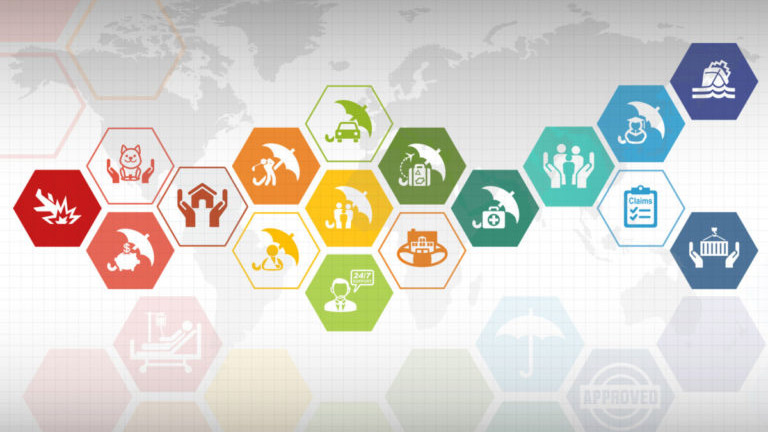Insurance and the Internet of Things

It’s one of those things you only think about when you need it. Insurance. It’s our safety net for so many important parts of out lives and can sometimes be the key to a quick recovery – both physically and financially.
Insurance and the IoT
Considering it’s a market that employs 2.5 million people and boasts $1.1 trillion of annual premiums, it’s not surprising that insurance companies are trying to harness the Internet of Things (IoT) to streamline their already very complex business. And the big data that is generated by IoT seems to be exactly what the industry needs to be more accurate and more efficient.
In the past, most insurance policies were drafted using a significant amount of guesswork. Assumptions based on historical patterns were applied to large swaths of people and rather generic coverage was implemented. Now, that pretty much everything is connected to the Internet and delivering data, providers can offer customized coverage for each, individual customer. Plus, the real-time data streams help eliminate fraud by backing up customer claims with hard data.
Auto Insurance
You’ve probably seen Flo, the insurance spokesperson, talking about that little plug-in that will get you a good driver discount. But have you ever investigated what that gadget does and how it calculates your savings? A number of insurance companies use these telematics devices. The dongle interfaces with your vehicle’s Onboard Diagnostics (OBD-II) system. It sounds high-tech, but most vehicles newer than 1996 are compatible. That an estimated 155 million vehicles right now.
Insurance companies use the data from that device to inform Usage Based Insurance (UBI). UBI is basically just want it sounds like – your auto coverage is based on how you use your car. The device reports back your daily mileage, what time of day you log the most miles, how fast you drive and how quickly you brake. Your provider crunches the numbers based on your specific data and voilà – you get custom coverage.
Health Insurance
Look at your wrist. Are you wearing a FitBit, Fuel Band, Jawbone, VivoSmart or some other fitness tracker? If you are, you’re not alone. It’s estimated that one in five Americans are using a wearable device to help them with a healthy lifestyle. This is good news for both insurance companies and the insured.
Back in the old days, health insurance was generic. Everyone paid similar premiums, regardless of your actual health. But lots of people cried foul about this method. Why should I pay as much as that guy if I don’t smoke? Or have a pre-existing condition? So insurance companies started asking questions and requiring physicals and documentation. But that involved more staff and more steps – making everyone’s job harder.
The rise of the wearable is set to change all that. Already some companies are collecting data about steps walked and calories burned to give customers discounts. As wearables get smarter, they’ll also be able to report weight, blood pressure, heart rate and a number of other vital stats, giving companies an opportunity to provide coverage that is more customized than ever before.
Home Insurance
The biggest question mark right now where IoT and insurance is concerned is home insurance. Sure, you’re always hearing about “smart home” products; refrigerators that order milk, thermostats that adjust automatically and lights on dimmers and timers. But how do those kinds of products help insurers?
Right now, the industry has only really tapped into smart home devices that emphasize the safety of the occupants. For years, you would get a discount of you told your insurance company that you had a smoke detector or a carbon monoxide detector. But only recently, have smart versions of those devices told your provider that you truly do have them installed and that they are in working order. This not only helps protect the people who live in the house, it also helps prevent fraud for the insurance company.
The real home insurance IoT opportunity, though might lie in sensors within your home’s structure. For example, what if your roof could tell you about a tiny leak before it became a disaster? What if your plumbing alerted you when flow was unexpectedly weakened – indicating a possible pipe issue?
IoT Driving Insurance Evolution
All of these changes add up to one very big shift for the insurance industry: the shift from a reactive to a preventative business model. The most expensive part of the insurance business is paying out claims. If the IoT can help prevent accidents, boost health and mitigate damages, savvy providers could save themselves a whole lot of money.
How will you use the IoT to innovate? Get started by exploring our Connected World Solutions Guide and contact the Avnet Software and Services team to find out how Avnet can help you get started.

